Cranbrook the picturesque ‘Capital of the Weald’
Discover a quaint cottages, a charming high street and smugglersEvery time we pass through Cranbrook in the heart of Kent’s ‘High Weald’, I’m always astounded at how pretty it is. Black and white half-timbered homes, roses clambering along white picket fences, and local inns just tempting you in for an ale. Does Cranbrook get any more English?
To reach Cranbrook, you have to make a slight detour off of the main road. However, that’s one of the reasons why it has kept so many of its charming qualities. You have to search it out.
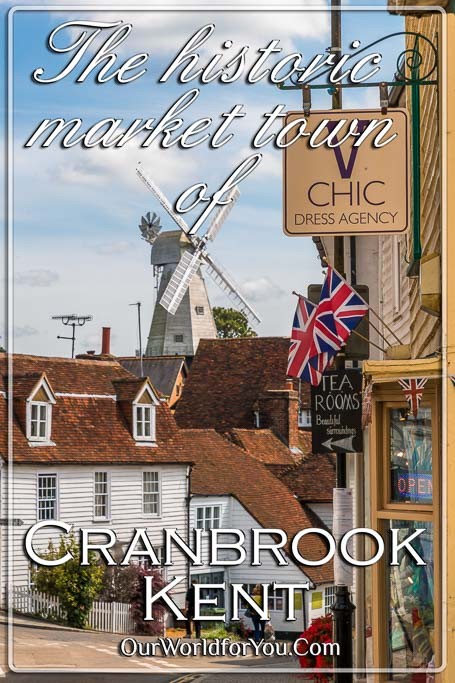
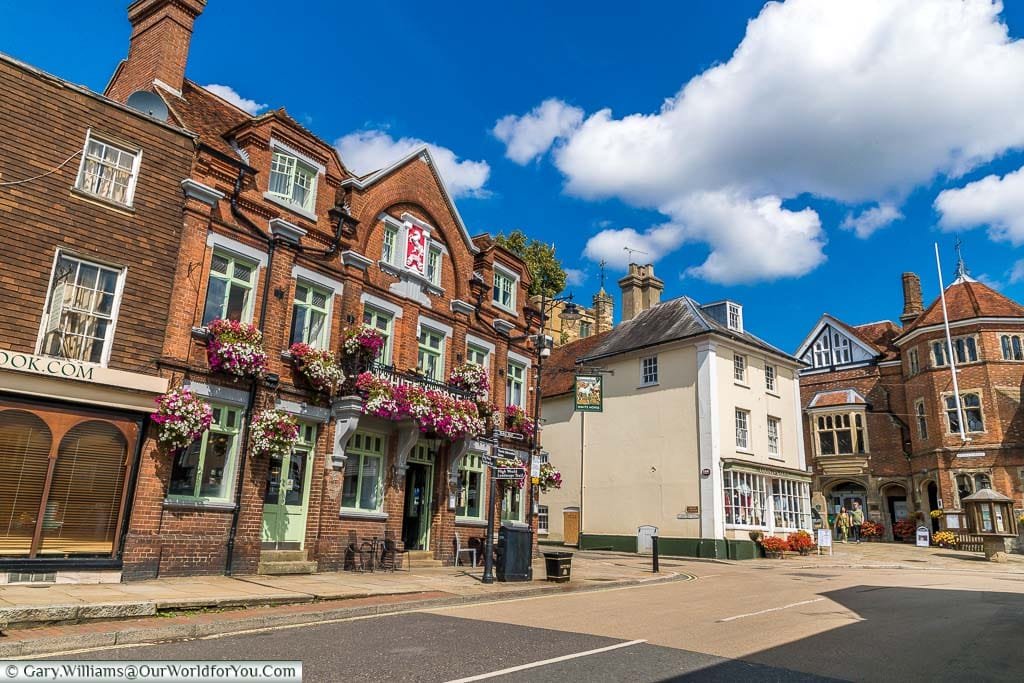
Cranbrook is only around 15 miles (24km) east of the attractive spa town of Royal Tunbridge Wells, so just a hop, skip and a jump away.
The countryside all around this area of the High Weald is beautiful, so it’s no surprise that it has been classified as ‘AONB’ Area of Outstanding Natural Beauty.
Where is Cranbrook?
How to get there
- By Train
You can catch a direct train from London Bridge Station to Royal Tunbridge Wells Station. Which runs every 20 minutes and takes around 45 minutes. Then it’s a pleasant 1-hour bus ride away.
- By Car
If choose to stay in Royal Tunbridge Wells, Cranbrook is a 35 minutes’ drive across the Weald countryside. When you arrive, you can make the most of the free in-town parking.
A little slice of Kent history in Cranbrook
Discover the Wealden cloth industry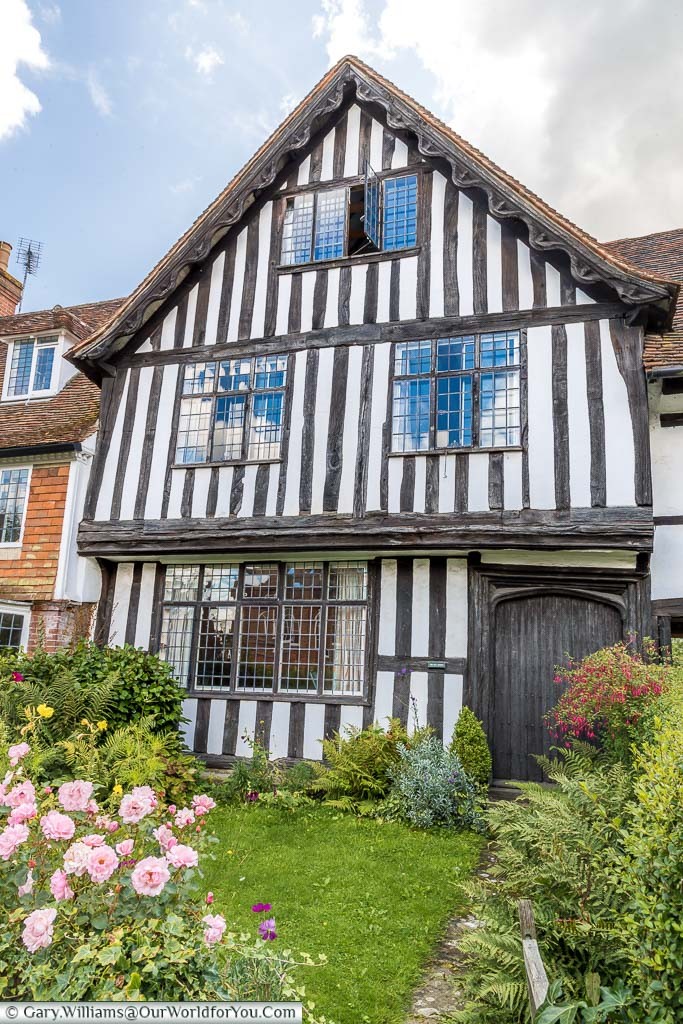
The area of Kent that Cranbrook is located in is the ‘Weald of Kent’. And it’s in this region during the 14th century, that Edward III introduced Flemish weavers.
The Wealden cloth industry then began to flourish, and that’s why there are so many eye-catching half-timbered ‘Cloth Halls’ dotted around the county.
Visit some of Kent’s Historic Towns, Villages & Cities
A little slice of Kent history in Cranbrook
It still has its charm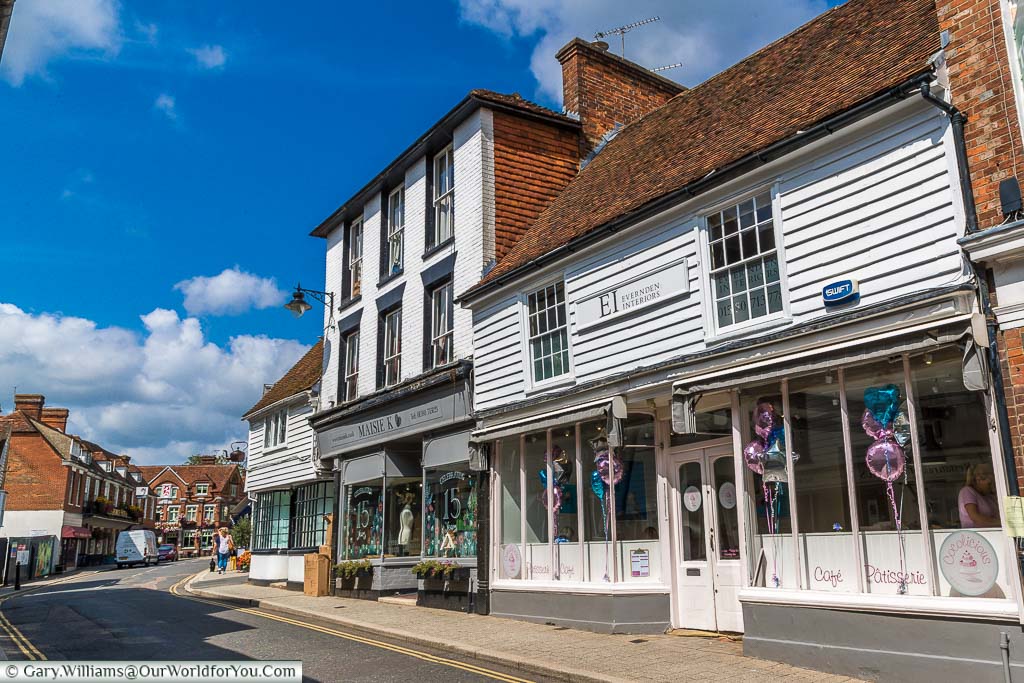
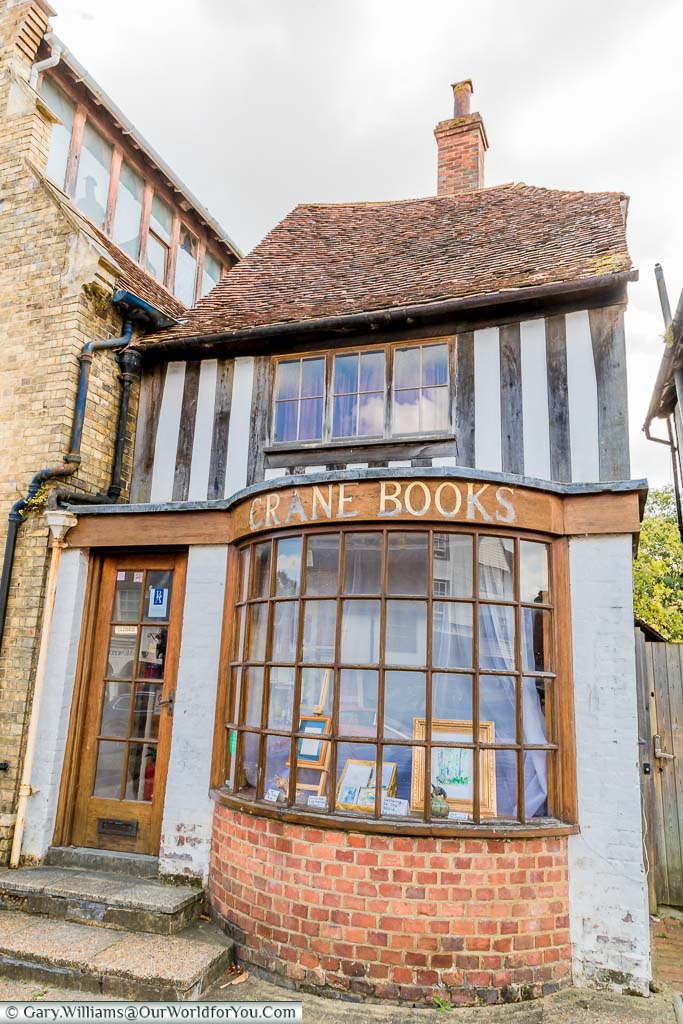
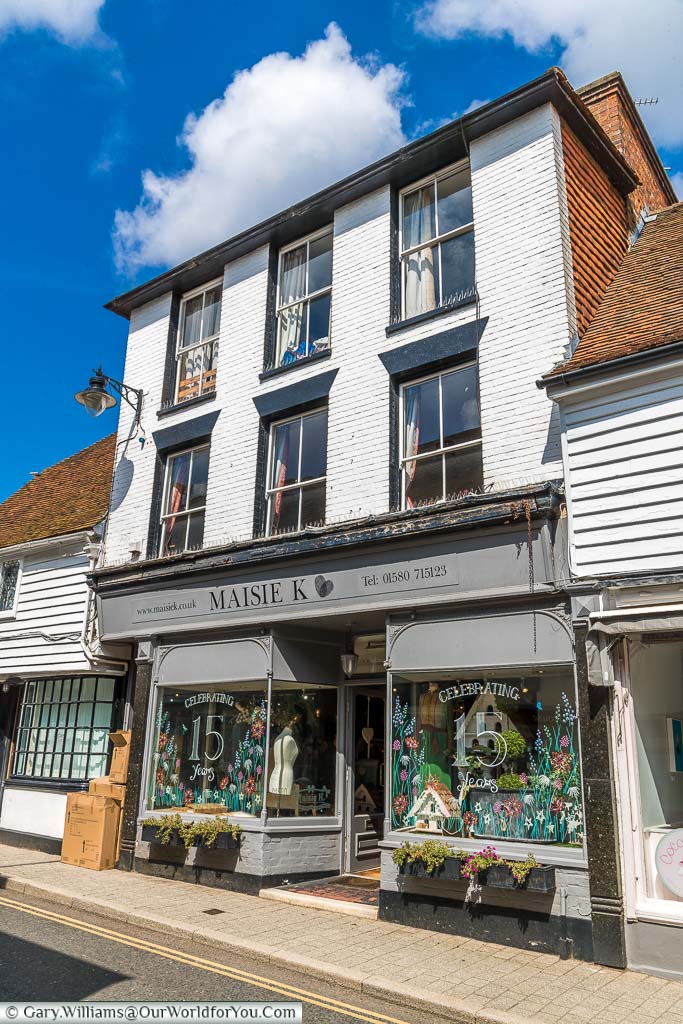
If you're intrigued by Kent's weird and wonderful history, or all unusual stories around the county, then take a peek at "Kent's Strangest Tales".
You won't be able to put it down, you can pick it up for your Kindle or in good old paperback.
Discover Cranbrook's charm and character
A perfect overnight stay in Kent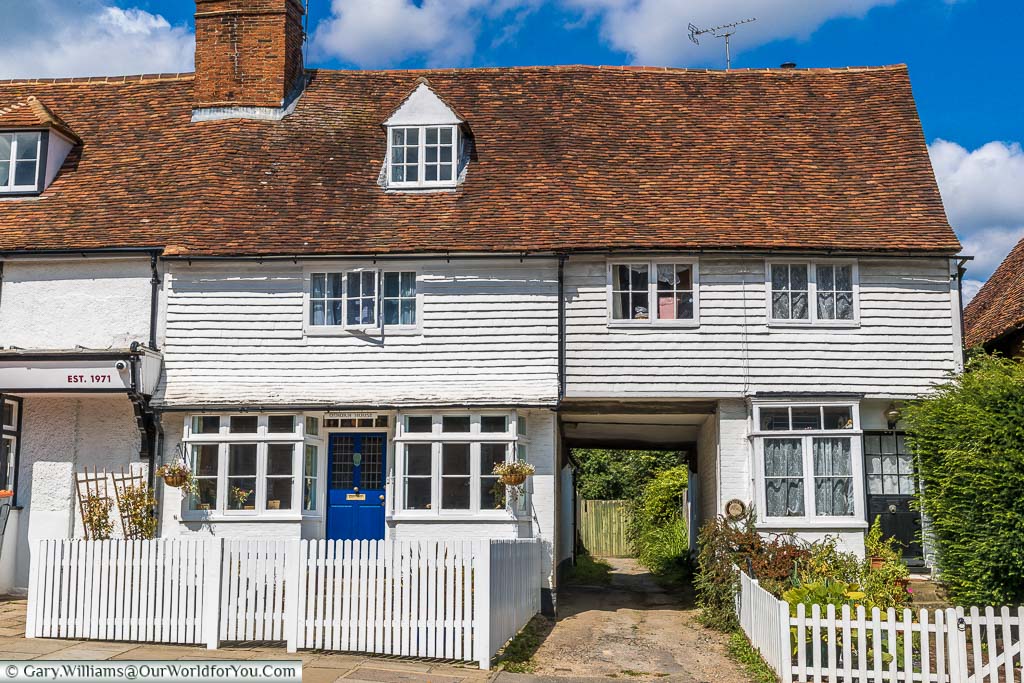
Strolling around Cranbrook, you’ll probably also spot the Union Windmill.
This lovely smock mill stands proud overlooking the town.
It was built in 1814 after the Napoleonic Wars and has survived for more than 200 years.
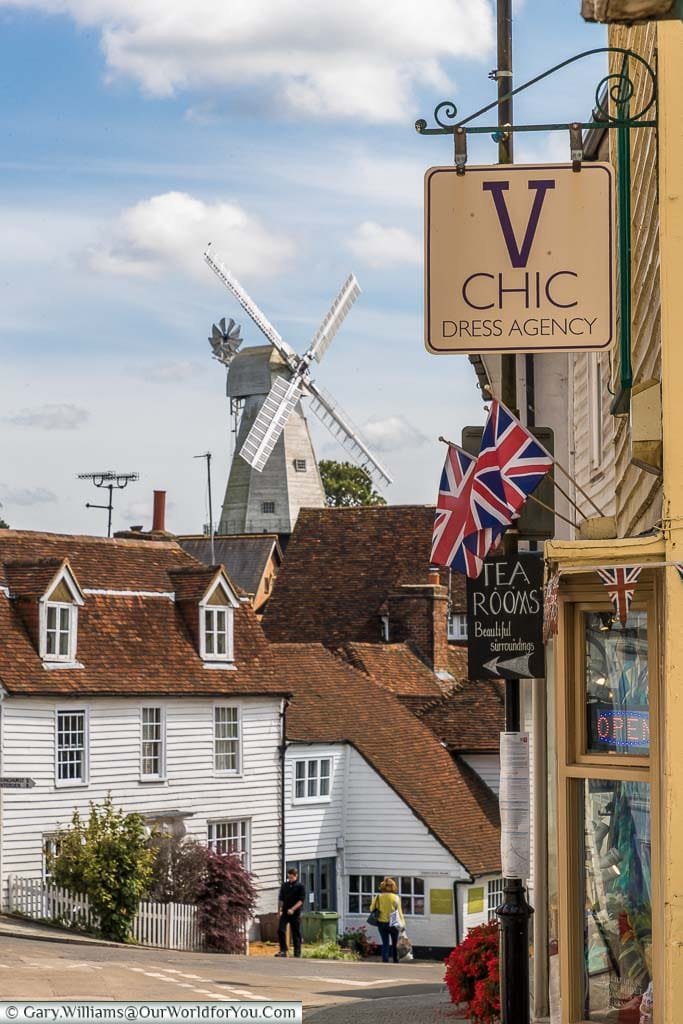
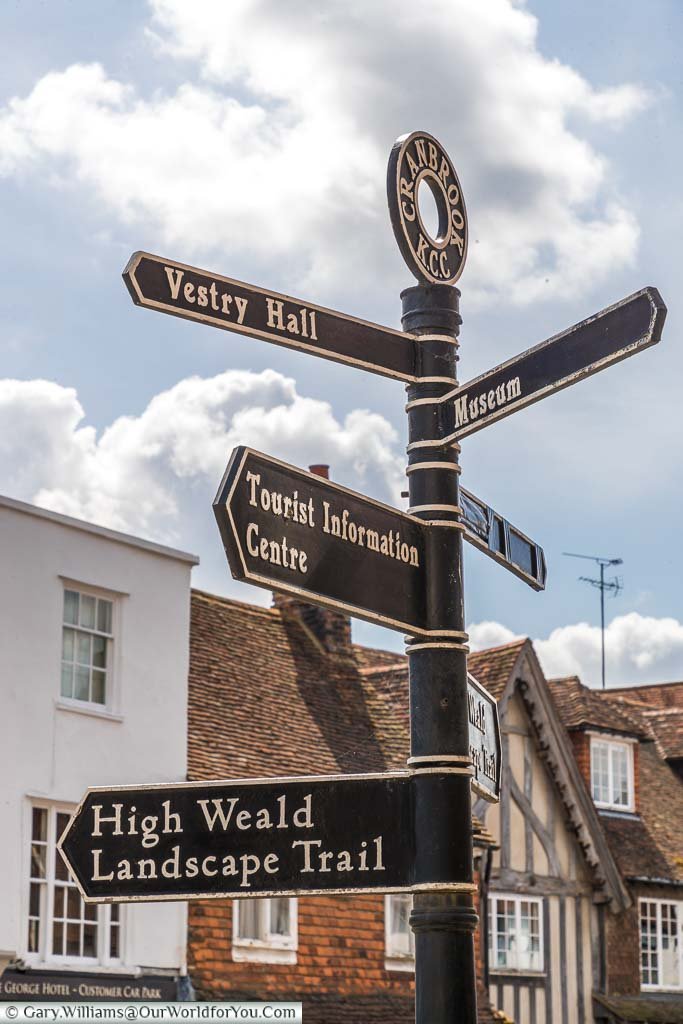
Tempted to?
Big Ben’s little brother in Cranbrook
Well who knew that?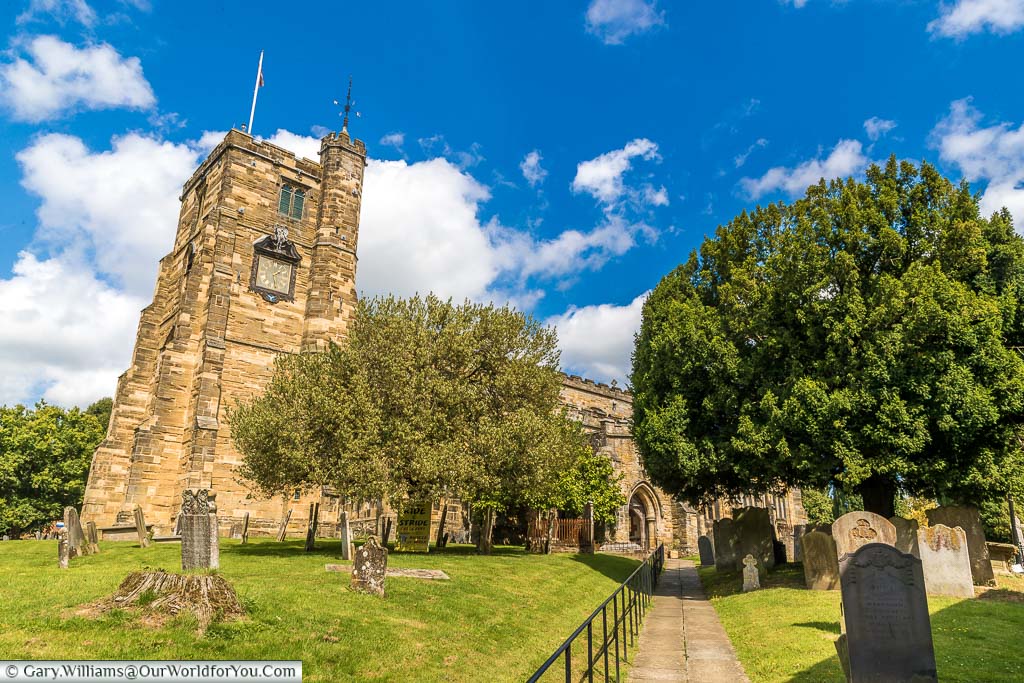
Although it isn’t actually a cathedral, it echoes the prosperity of the historic town during the growth of the Flemish weaving industry in the 1330’s.
Majority of the church dates back to 1550, although there has been a church on these grounds since the 11th century.
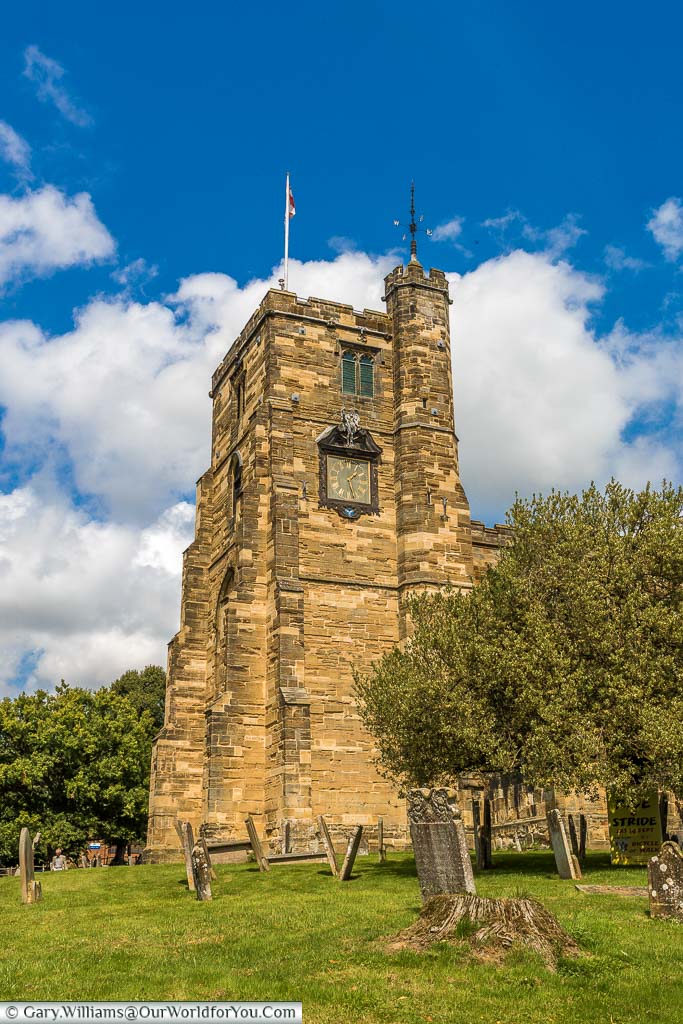
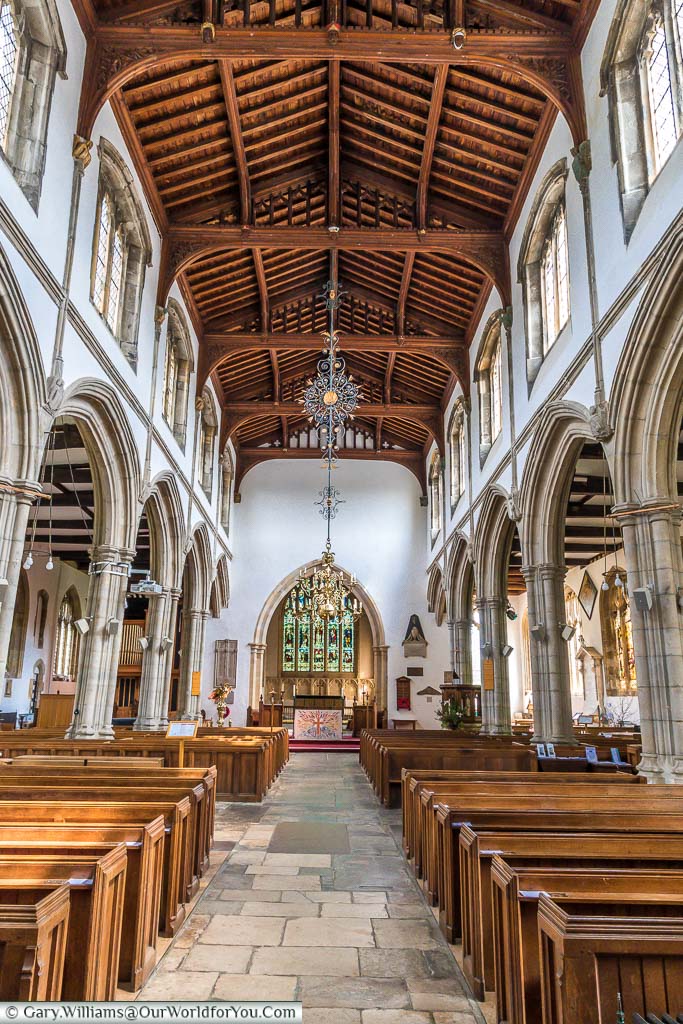
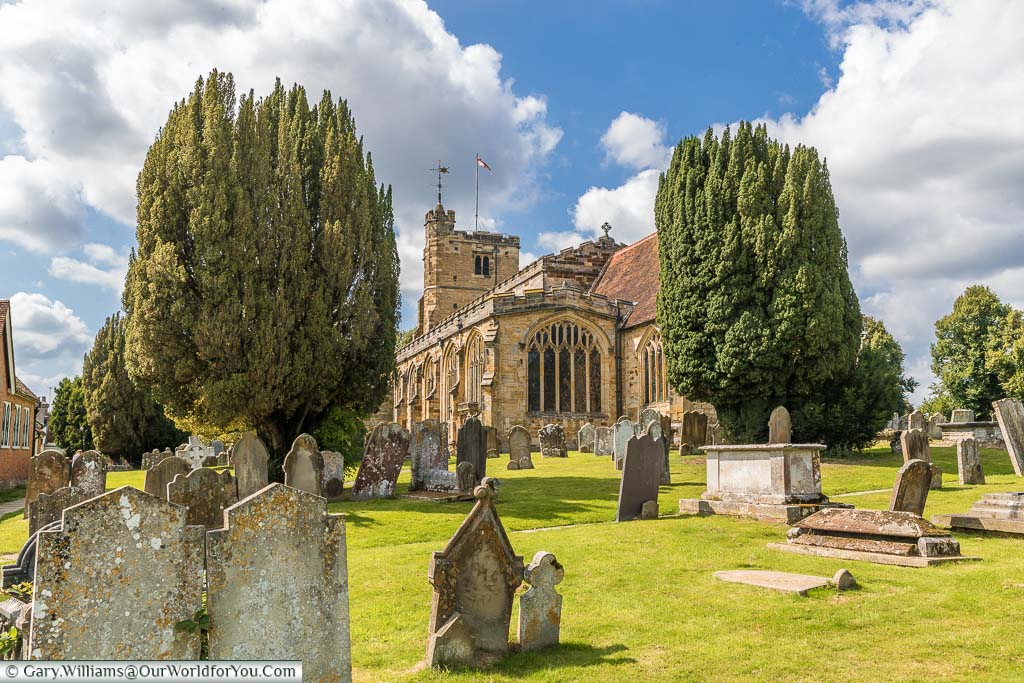
Our Kent road trips
Visit the George Hotel
From Royalty to scallywags, everyone's welcome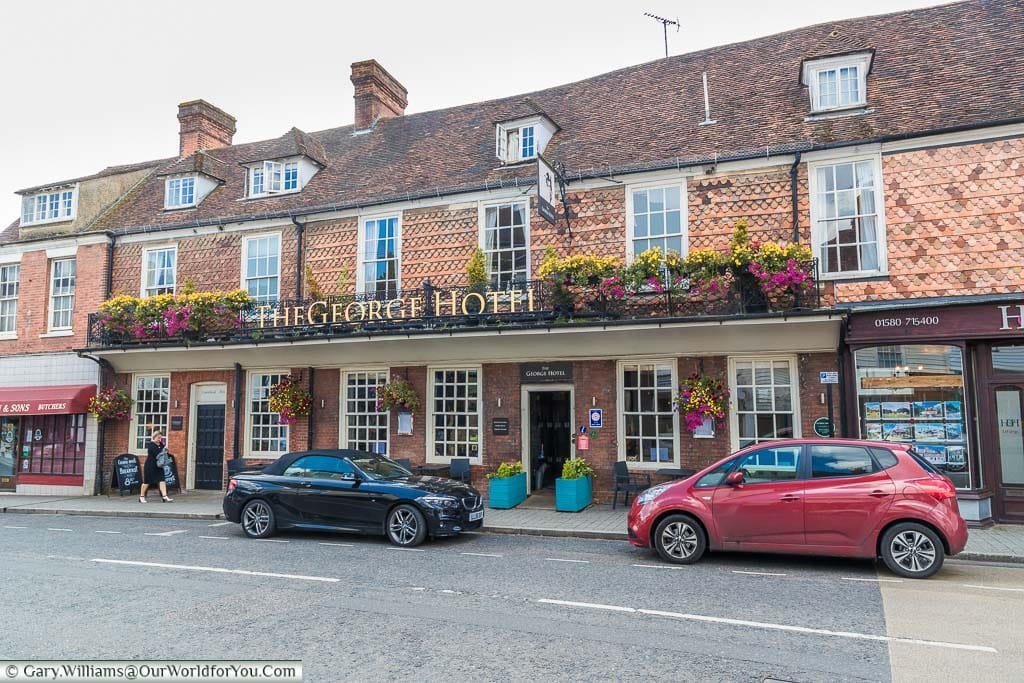
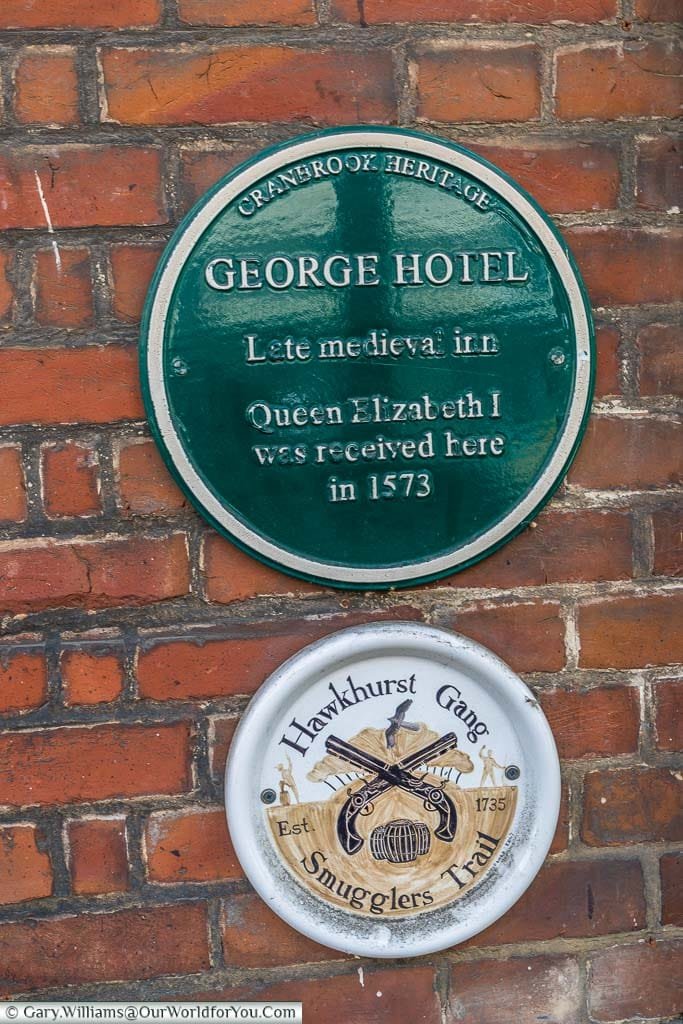
* This post may contain links to affiliated sites where we earn a small commission at no additional charge to you.
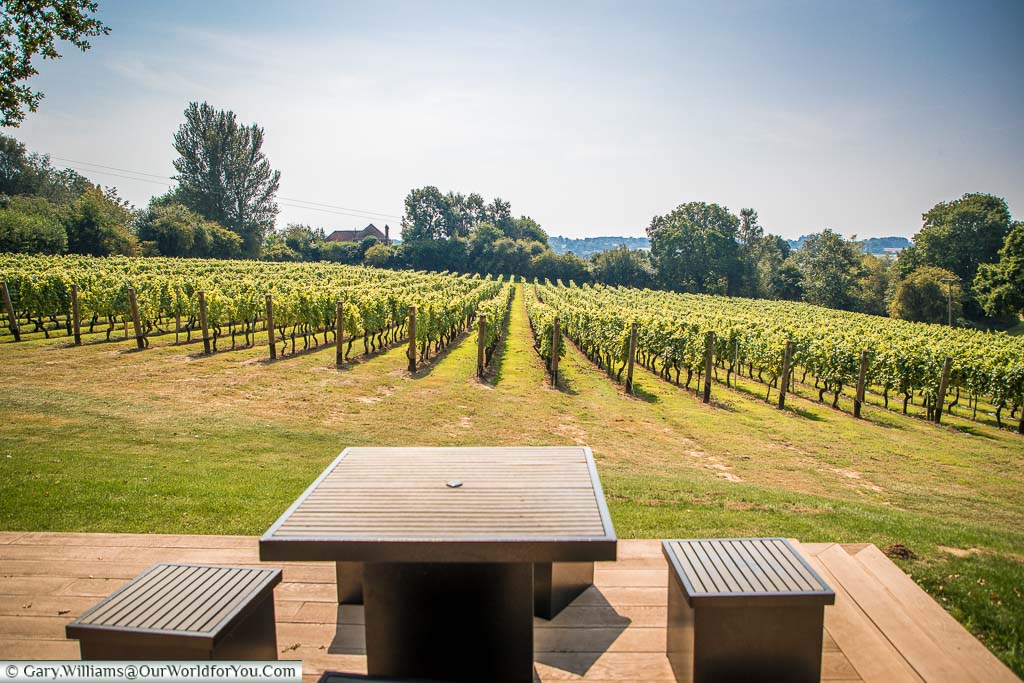
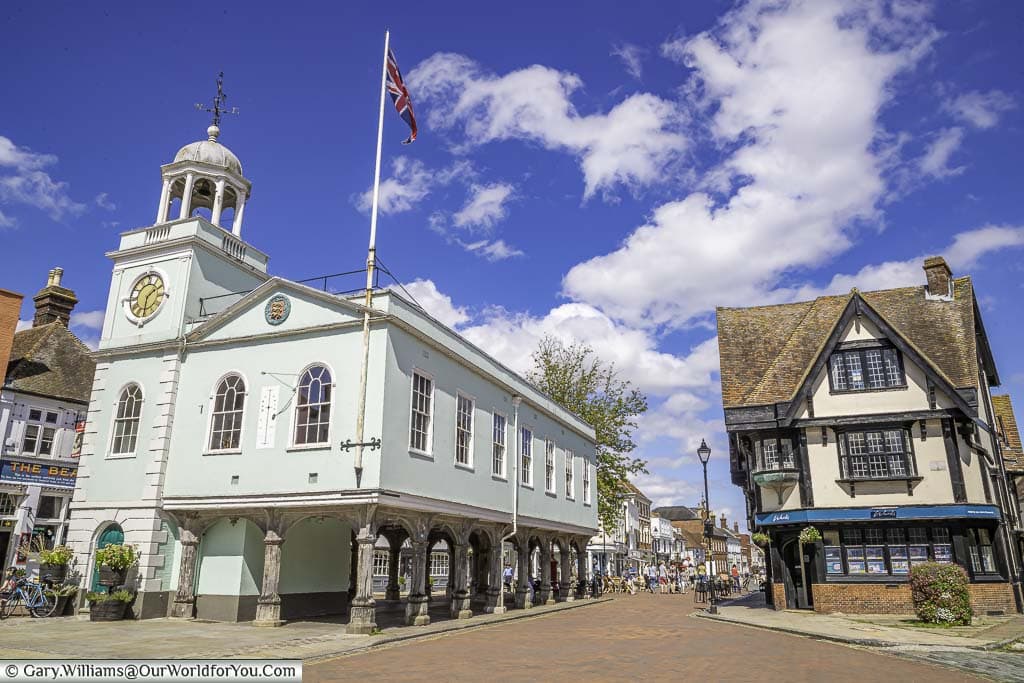
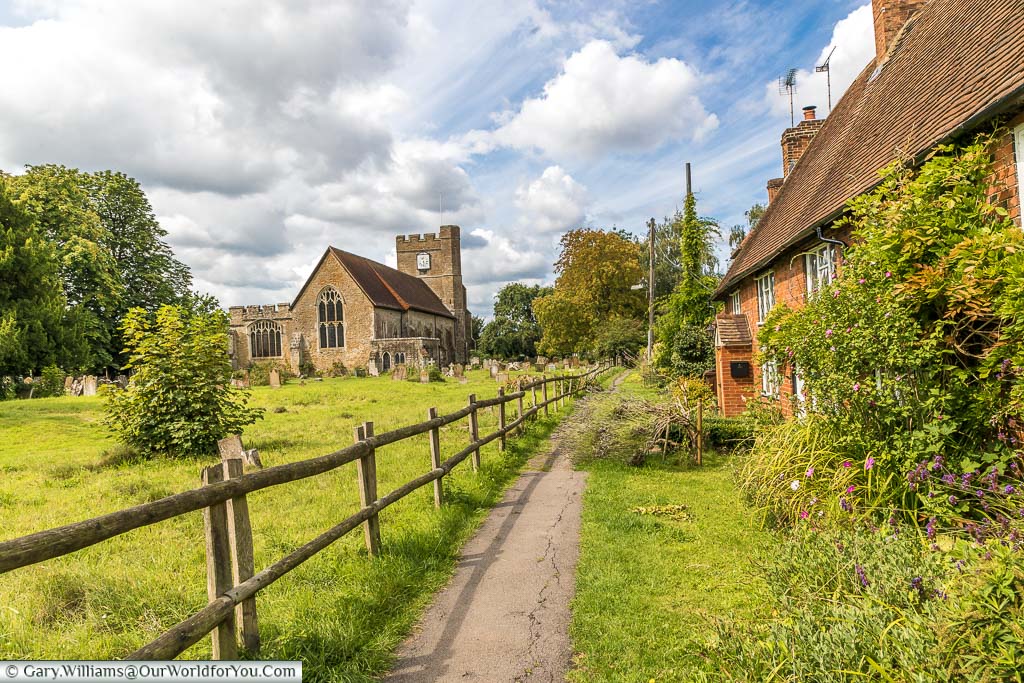
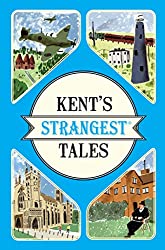
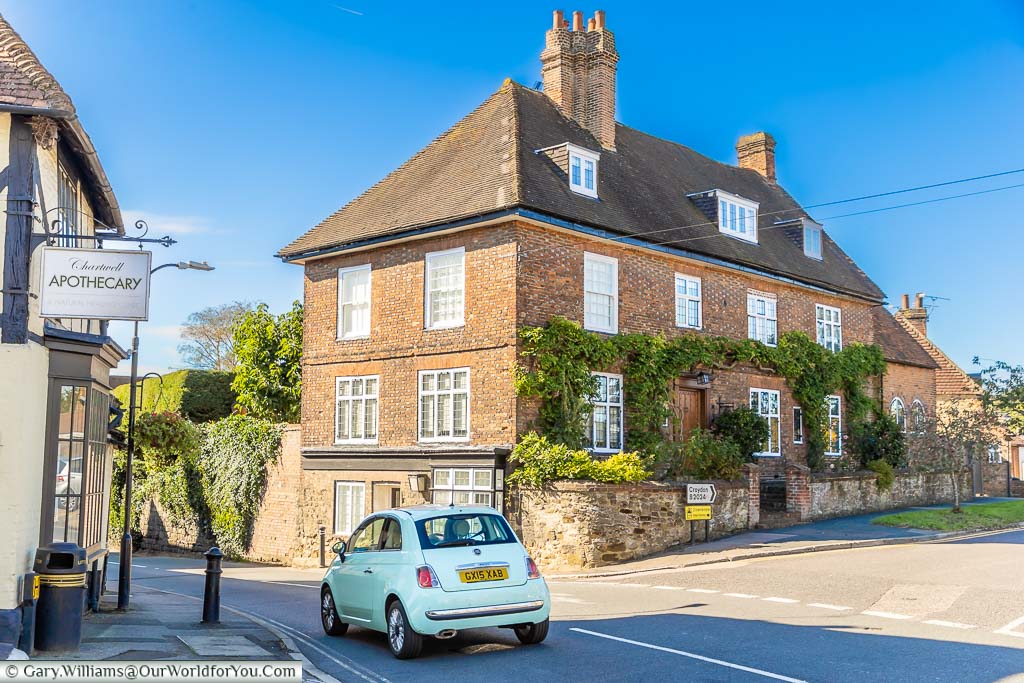
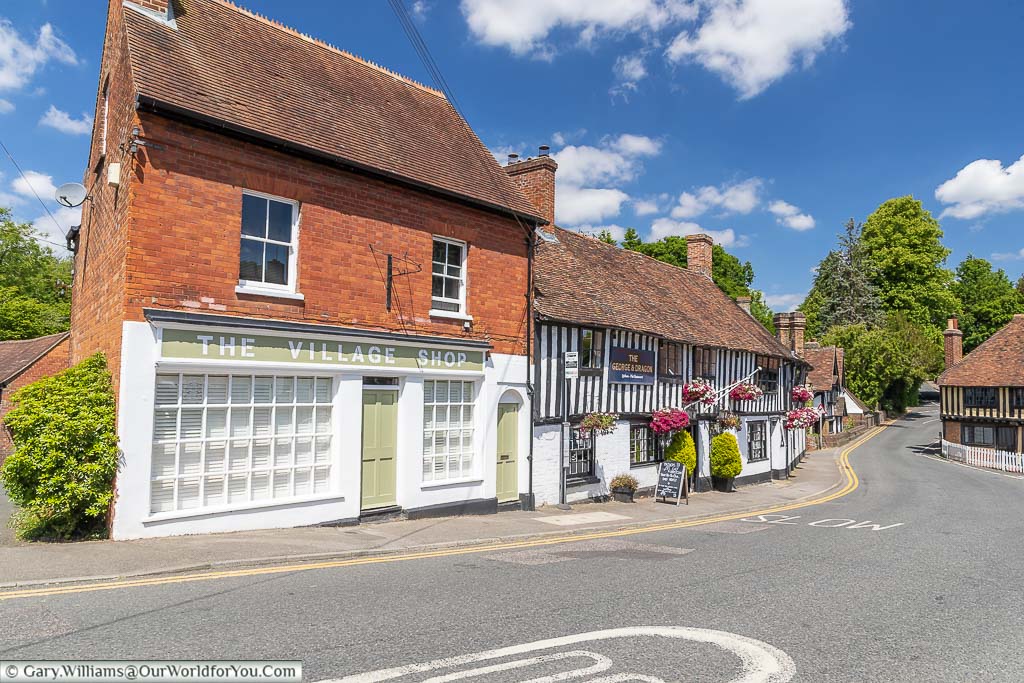
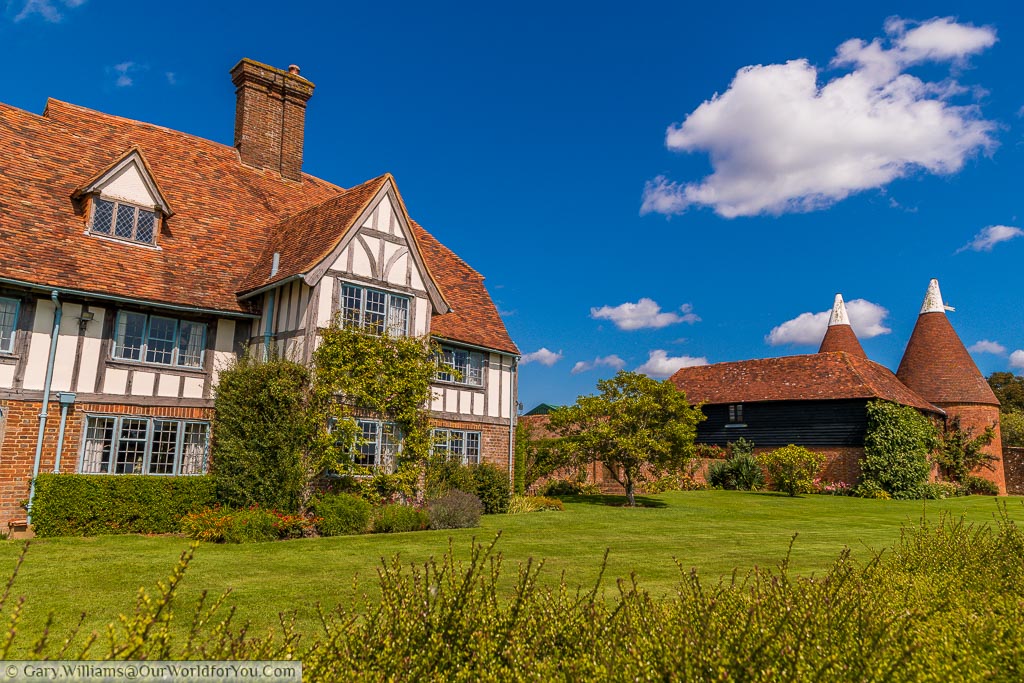

Great photographs and history information, thanks!
Ahh, thanks very much Julia. Have you visited Cranbrook it is a lovely town, very historical?